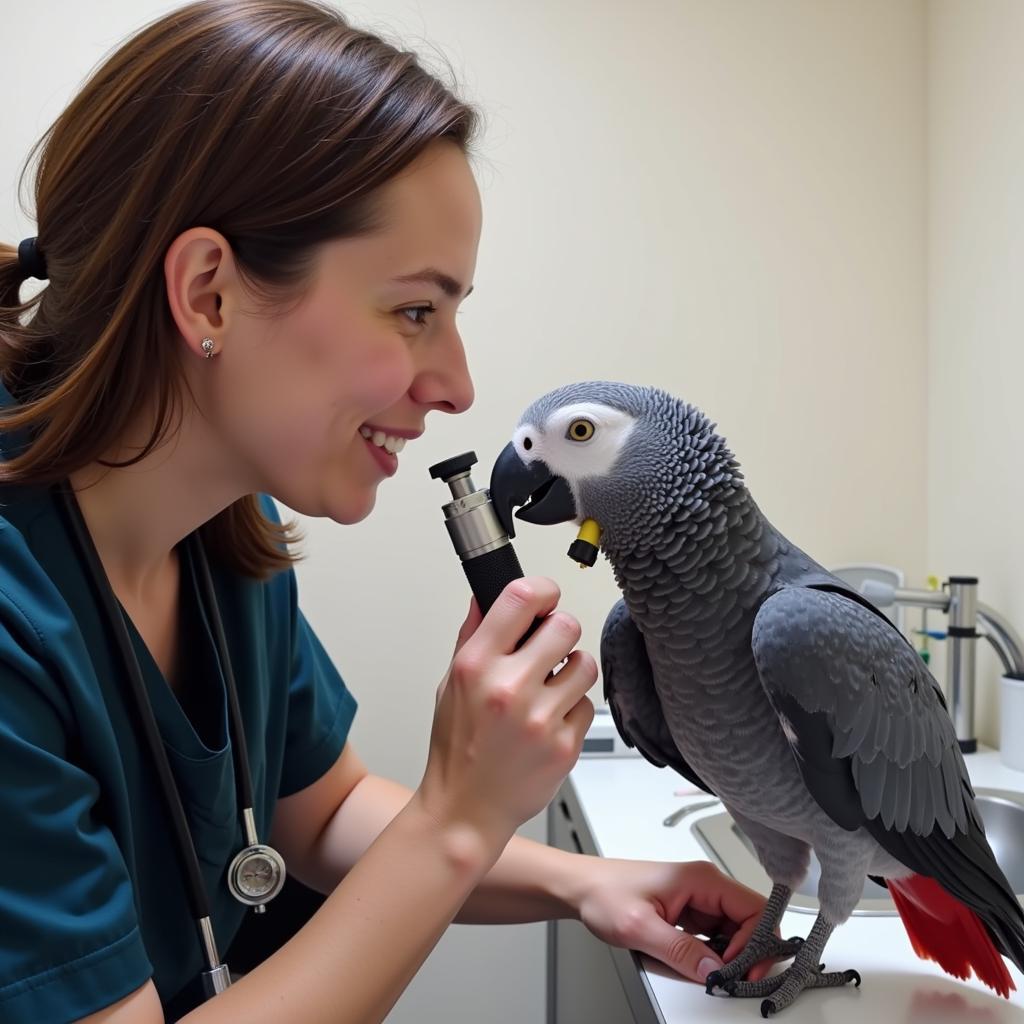The Mighty African Buffalo of the DRC
The African buffalo, a formidable herbivore found across sub-Saharan Africa, thrives in the diverse landscapes of the Democratic Republic of Congo (DRC). Known for its imposing presence and unpredictable nature, the African buffalo of the DRC plays a crucial role in the delicate balance of the country’s ecosystems.
Understanding the African Buffalo: A Closer Look
The African buffalo, scientifically classified as Syncerus caffer, is one of the “Big Five” game animals of Africa, alongside the lion, elephant, leopard, and rhinoceros. They are easily recognized by their massive size, distinctive horns, and dark, almost black, hide.
Characteristics and Adaptations
African buffalo are social animals, often forming large herds that can number in the hundreds. Their strength in numbers provides protection against predators, with the older, more experienced buffalo forming a defensive perimeter around the vulnerable young. Their diet consists mainly of grasses and other vegetation, and they play an essential role in shaping the savanna ecosystem by grazing and clearing vegetation.
The African Buffalo in the DRC
The DRC, with its vast stretches of savanna, woodland, and forests, provides a suitable habitat for a significant population of African buffalo. They are particularly abundant in the country’s national parks, such as Virunga National Park and Garamba National Park, where they thrive under protection.
“The African buffalo is a keystone species in the DRC’s ecosystems,” explains Dr. Kambale Kasereka, a wildlife biologist with extensive experience studying buffalo in the region. “Their grazing habits influence plant diversity and create habitats for other species. Protecting the buffalo is essential for the health of the entire ecosystem.”
Threats and Conservation Efforts
Despite their size and strength, African buffalo in the DRC face numerous threats. Habitat loss due to deforestation and human encroachment is a significant concern. Additionally, poaching for their meat and horns poses a severe risk to their populations.
However, conservation efforts are underway to protect the African buffalo and their habitat. National parks and protected areas provide safe havens, while anti-poaching patrols work tirelessly to combat illegal hunting. Community-based conservation programs are also gaining momentum, raising awareness about the importance of buffalo conservation and promoting sustainable coexistence between humans and wildlife.
The Future of the African Buffalo in the DRC
The African buffalo of the DRC faces an uncertain future. The combined pressures of habitat loss, poaching, and human-wildlife conflict present ongoing challenges. However, through dedicated conservation efforts, community engagement, and responsible tourism practices, there is hope for the long-term survival of this iconic species in the heart of Africa.


